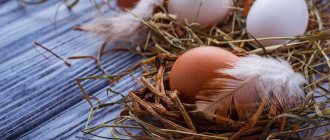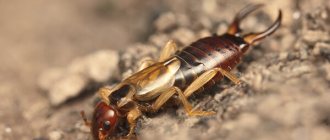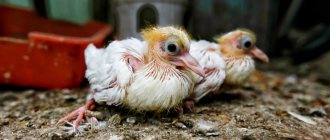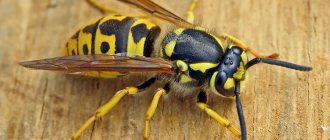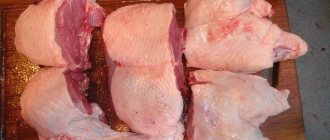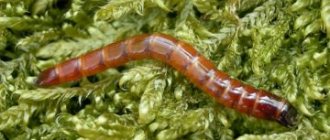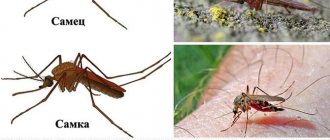Guinea fowl is a bird that produces tasty meat, eggs and has a beautiful appearance. Its meat contains 15% more hemoglobin than chicken, and its eggs have a thick shell and a long shelf life. However, it does not require special conditions of detention. It is these reasons that have made guinea fowl popular among farmers and ordinary hobbyists.
Description and features
Attempts to domesticate African birds have been made since the 16th century in Europe.
Due to climatic differences, difficulties arose in adapting and raising birds. Guinea fowl were brought to Russia two centuries later for decorative purposes. In size, the “royal” person is like an ordinary chicken. Differences are observed in the structure of bodies. The guinea fowl in the photo in comparison with its chicken-like relatives is a real beauty. A small head, long neck, fleshy earrings, and crest make the bird recognizable. Areas of the neck with growths without feathers. The beak is small.
Individuals of different sexes differ little from each other; only connoisseurs identify males by aggressive behavior, slightly enlarged earrings and cere (part of the beak), and a lighter shade of plumage. The weight of an adult guinea fowl is approximately 1.6 kg. Males are 200-300 g heavier than females.
The characteristic spotted outfit of guinea fowl is pearl circles with splashes on a gray background. Rounded body with a short tail drooping downwards. Wings are trimmed at chick age. Legs are powerful and strong. Although guinea fowl belong to the family of chicken-like representatives, they are completely different in appearance.
Royal birds run well and can fly. Young animals up to 1.5 months old easily take off, but older guinea fowls do this reluctantly. They tolerate cold and heat well, which contributes to their breeding. Ducks and chickens are less likely to get sick. High humidity, which kills guinea fowls, is unacceptable for keeping birds.
Compliance with strict rules for caring for “royal persons” is important, since it is impossible to cure sick birds. Connoisseurs appreciated the unique meat of guinea fowl, which contains little fat, water, and includes many useful microelements:
- glycine;
- valine;
- glutamic acid, etc.
Compared to chicken and duck meat, guinea fowl breasts are healthier for people who are prescribed dietary nutrition. Individuals gain the greatest weight by 2 months of age. Poultry meat is darker than chicken due to the myoglobin content in the tissues, but when heated it lightens.
A guinea fowl lays 90-150 eggs per year The laying season lasts six months - from spring to autumn. Egg weight is 40-46 g. The color is yellow-brownish with characteristic shades depending on the breed. The shape is pear-shaped - the blunt side is widened, the sharp side is elongated. The surface is rough, with small specks.
The mechanical strength of the outer shell is high. Guinea fowl eggs do not break after falling from 2-3 m to the ground or rolling on the ground, which significantly reduces the risk of losses during transportation. This feature is important for protection against harmful microorganisms, such as salmonella. You can drink raw guinea fowl eggs without fear.
Due to the strength of the shell, eggs can be stored for a long time without refrigeration for up to one year without loss of nutritional quality or freshness. Guinea fowl eggs may be washed to remove contamination before incubation. The high dietary properties of eggs have been established - an increased content of healthy dry substances, fats in the yolk and white.
Raising guinea fowl has proven beneficial for farmers - the birds absorb garden pests, including the Colorado potato beetle. The presence of birds in the garden does not cause damage - they do not dig up beds and do not peck vegetables.
Broiler guinea fowl. Page 9 of 10
Lots of books, in an adult way and without pictures. If it is written there that the blood ring and the freezing of embryos in the later stages of incubation occur from hypothermia of the egg during storage, then I did not find this there.
Anyone who doesn’t count chickens in the spring will have nothing to count in the fall.
blood ring and freezing of embryos in late stages of incubation
It may have more than one reason. Otherwise, it would not be some percentage, but more than half at a minimum - if it were only a matter of bad breeding. However, there is no point in arguing - there are still no other imports. I made a conclusion for myself - the first winter batch is only made to order and with a warning to buyers that it is better not to rush and wait for the spring egg.
Dear experts. Who has any versions of this four-legged chick? Broiler guinea fowl egg (France). Hatch today 30.03
Dear experts. Who has any versions of this four-legged chick? Broiler guinea fowl egg (France). Hatch today 30.03
Mutation. But there will be 4 legs if he survives
